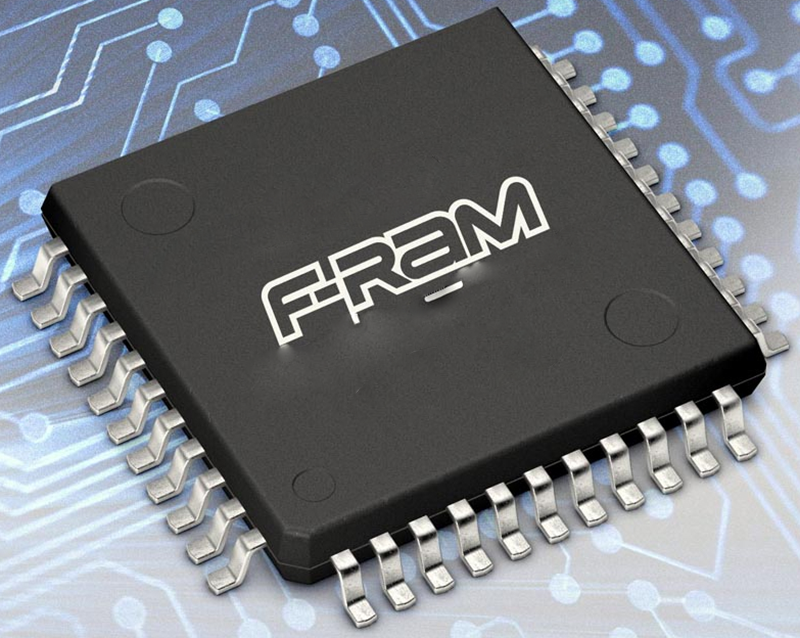With the growing popularity of wearable devices an increasing amount of user data and sensor data are being generated. The newest portable medical, wearable, and IoT devices need nonvolatile memories to log on these data continuously and at the lowest power consumption to maximize battery life. Excelon LP enables this with instant write capabilities, unlimited endurance and ultra-low-power modes. These devices also need memories with the smallest package footprint provided by the newest and smallest GQFN package offering with Excelon LP.
Excelon™, Cypress’ next-generation Ferroelectric RAM (F-RAM), delivers the industry’s lowest-power mission-critical nonvolatile memory, by combining ultra-low-power operation with high-speed interfaces, instant nonvolatility and unlimited read/write cycle endurance. This makes Excelon the ideal data-logging memory for portable medical, wearable, IoT sensor, industrial and automotive applications.
Read more The Zephyr Project Expands IoT Ecosystem with Developer Support and New Members
- F-RAM has three distinct advantages over traditional nonvolatile memories:
- Fast write speed with no write delay
- Unlimited endurance
- Industry’s most energy-efficient NVRAM
While traditional nonvolatile memories have delays of 5 or more milliseconds before data becomes nonvolatile, F-RAM doesn’t have any write delays. If power is disrupted, pending data is lost unless the system has extra capacitance or batteries to keep the system on until data is stored.
F-RAM offers virtually unlimited endurance of 100 trillion read/write cycles. Traditional nonvolatile memories typically have less than 1 million cycle endurance, forcing system designers to use complex wear-leveling routines and up to 4x more density to prolong the lifetime of these memories.

F-RAM consumes as low as 300 µA active and 6 µA standby current. Because of fast write speeds, F-RAM stays active for short periods of time, yielding very low energy consumption. Traditional nonvolatile memories with write delays must stay active for longer periods of time, resulting in higher energy consumption.
Serial F-RAM offers a pin-to-pin and footprint compatible EEPROM replacement.
Read more Telit Simplifies IoT Deployment with New Smaller Form Factor Module Family
- Cypress F-RAM Key Features
- 4Kb to 4Mb densities
- Serial QSPI, DSPI, SPI and I2C interface options
- Parallel interface options
- Low power, instant data capture on power loss
- 100-trillion read/write cycle endurance
- No batteries required to store data on power loss; RoHS compliant
- Radiation and magnetic field tolerant
- Processor Companions with integrated analog and digital functions
F-RAM Technology
Cypress F-RAM is built on Ferroelectric technology. The F-RAM chip contains a thin ferroelectric film of lead zirconate titanate, commonly referred to as PZT. The atoms in the PZT change polarity in an electric field, thereby producing a power efficient binary switch. However, the most important aspect of the PZT is that it is not affected by power disruption, making F-RAM a reliable nonvolatile memory. A common misconception is that ferroelectric crystals are ferromagnetic or have similar magnetic properties. In fact, ferroelectric materials switch in an electric field and are not affected by magnetic fields.












